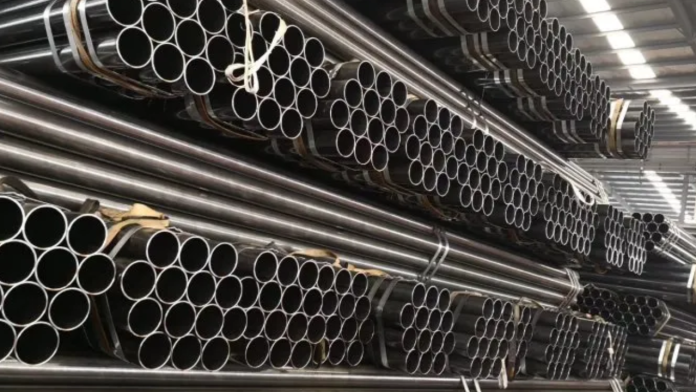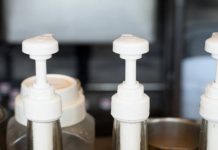Sleekly made from stainless steel billets, seamless pipes are an enduring symbol of power and toughness. Investing in seamless pipes ensures a strong resistance against corrosion, erosion, and general failure because there are no welded sections in the product. They are therefore the perfect option for sectors of the economy that value durability and strength.
They may be more expensive between 25 and 40 percent than ERW pipes, but their durability and a large selection of sizes from 1/8 inch to 36 inches make them well worth the money. When you buy seamless pipe, you’re investing in performance and dependability rather than just a product.
Seamless Pipes Are Created
Rotating piercing or extrusion is a procedure used to make seamless pipes. There are multiple processes in the production process of seamless pipes:
Unprocessed Materials:
Starting with carefully chosen raw materials, the journey begins. Stainless steel, carbon steel, or alloy steel are frequently used to make seamless pipes. These materials were selected because of their unique qualities, which allow seamless pipes to be used in a variety of applications. The strength, resistance to corrosion, and general performance of the finished product are all dependent on the choice of raw materials.
Mother Hollows, or Billets:
The next stage is to make mother hollows, also known as billets, which provide the foundation for seamless pipes. Usually, procedures like extrusion or rotary piercing are used to create billets. A hot steel billet is pushed through a piercing rod during the extrusion process to create a hollow tube. As an alternative, rotary piercing creates a hole by spinning a billet against a piercing tip.
Heating and Pierced:
The billets are heated after preparation to guarantee the best possible malleability. The next step is to make a rough hollow shell by piercing the heated billet, which sets the stage for the other phases. To give the seamless pipe the appropriate external measurements and interior features, this piercing procedure is essential.
Elongation and Reheating:
The hollow shell is pierced and then heated to a temperature that allows for additional processing. To attain the required diameter and wall thickness, the reheated shell is stretched and reduced in a sequence of elongation mills. The seamless pipe’s mechanical qualities are improved through this elongation procedure without compromising its structural integrity.
Size of Rotations:
In the process of producing seamless pipes, rotary sizing is essential for optimizing surface quality and refining parameters. This process involves the pipe being elongated and then going through size rollers to carefully alter its diameter to exact specifications. By ensuring uniformity and consistency, rotary sizing enhances the structural integrity and overall quality of the seamless pipe. This step is instrumental in meeting industry standards and providing pipes that excel in various applications.
Annealing:
Annealing the seamless pipe reduces stress and enhances its mechanical characteristics. Heating the pipe to a predetermined temperature and then gradually cooling it is the annealing process. By improving the pipe’s ductility, toughness, and resistance to cracking, this technique qualifies it for use in demanding applications.
Cutting and Straightening:
After that, the seamless pipe is straightened with specialist tools to give it the correct shape. The pipe is then cut into the desired lengths once it has been straightened. To satisfy client expectations and guarantee that the seamless pipes are prepared for the following stage of production or direct usage, precision in cutting is crucial.
Last Exam & Testing:
Ensuring quality is crucial while producing seamless pipes. To make sure every pipe satisfies industry requirements, it goes through a thorough inspection procedure. The integrity and quality of the seamless pipe are confirmed by several tests, such as dimensional checks, visual inspections, and non-destructive testing techniques like ultrasonic or eddy current testing.
Bottom Lines
Seamless pipes are made by semantically converting raw materials into durable, high-performing products. From the selection of materials to the final inspection, each step affects the pipes’ reliability and homogeneity. Many industries depend on seamless pipes, and their precise manufacturing and superior quality are still benchmarks for excellence.










